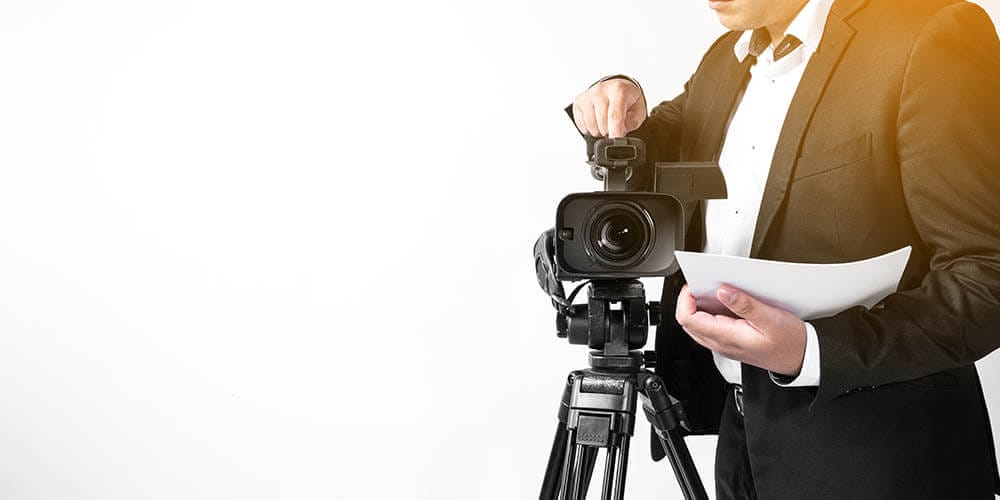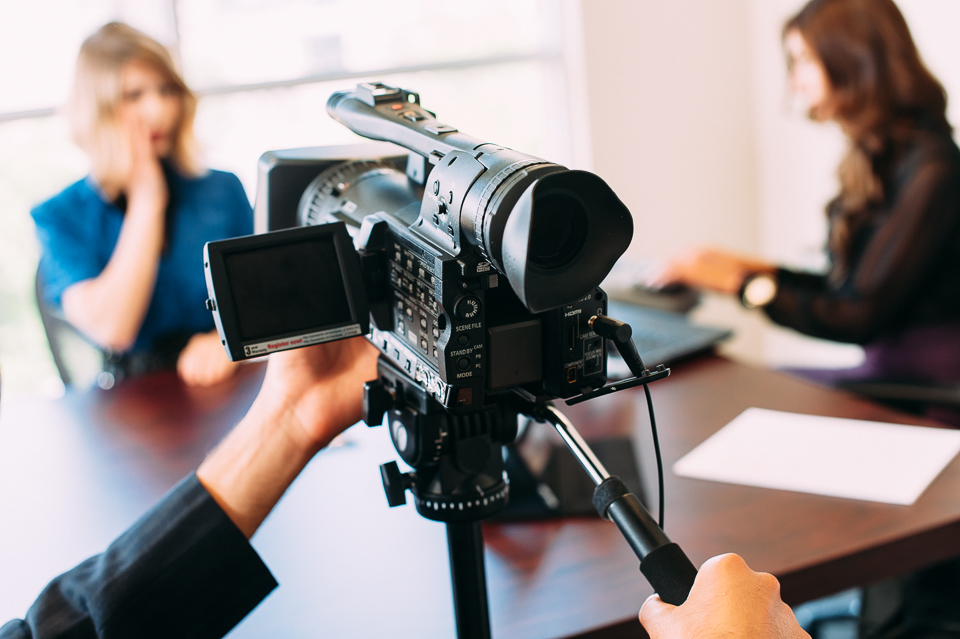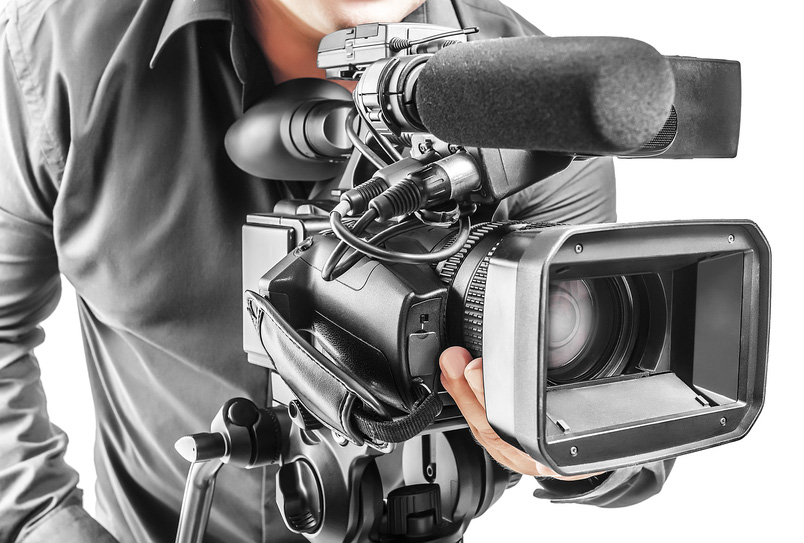Why Legal Videography is Essential for Accurate Legal Documentation
Diving Into the Mechanisms of Legal Videography: Unveiling Its Procedure in Safeguarding Genuine Visual Testament for Judicial Procedures
In the world of judicial procedures, the role of lawful videography stands as a foundation in preserving and offering visual proof. As modern technology continues to breakthrough, the systems behind legal videography have ended up being progressively detailed, supplying an important layer of authenticity to testimonies caught on video.
Historic Advancement of Legal Videography
Checking out the historical development of lawful videography discloses a significant change in the capturing and presentation of visual proof within the lawful landscape. In the past, legal process heavily relied upon created photographs and records to record events and supply proof. Nevertheless, with the introduction of video clip modern technology, the legal sector observed a paradigm shift in exactly how visual testament was recorded and provided.
The advancement of legal videography can be traced back to the late 20th century when innovations in video clip recording tools made it extra obtainable for usage in court rooms. This technical advancement not only boosted the precision and dependability of aesthetic evidence but additionally reinvented the way situations were offered to courts and courts (Legal Videography). Attorneys began to recognize the influential power of video clip recordings in conveying feelings, nuances, and non-verbal signs that composed pictures or records alone could not record properly

Technology Developments in Video Clip Documents
What vital technical advancements have reinvented video clip documents in the legal field? The lawful field has seen significant advancements in video clip documentation innovation that have improved the credibility and dependability of aesthetic proof in judicial proceedings. One of the key advancements is high-definition (HD) video clip recording capabilities, which provide crystal-clear pictures and sharp details that are vital for accurately recording statements, faces, and various other visual hints. Additionally, the assimilation of timestamping and metadata features in video clip documents tools has made it possible for specific documents of when and where the video was videotaped, ensuring the honesty of the evidence offered in court.
Furthermore, innovations in video file encryption and watermarking technologies have strengthened the safety and security and tamper-proof nature of video clip evidence, protecting it versus unapproved modifications or meddling. The advent of cloud storage options and remote accessibility capacities has structured the storage, retrieval, and sharing of video proof, helping with seamless partnership amongst lawful experts and making certain efficient access to crucial visual statements when needed. These technical improvements in video clip paperwork have actually most certainly revolutionized the lawful area, boosting the precision, reliability, and admissibility of visual evidence in judicial proceedings.
Role of Lawful Videographers in Court Room Setups
The evolution of video clip paperwork innovation in the legal area has actually necessitated an essential role for lawful videographers in court settings, making click over here now certain the stability and dependability of aesthetic testaments provided throughout judicial procedures. Legal videographers play a basic function in capturing and maintaining accurate aesthetic evidence that can be crucial in lawsuit. Their responsibility expands to establishing equipment, videotaping procedures, and generating premium videos that properly reflect the events in the courtroom.
In court room settings, lawful videographers must abide by rigorous standards and requirements to keep the authenticity of the aesthetic record. They have to possess an eager eye for information and a complete understanding of legal treatments to ensure that the video footage they record is a true representation of the occasions that transpired. Furthermore, lawful videographers frequently function closely with legal groups to ensure that the video proof straightens with the case's needs and can be effectively provided in court to sustain the lawful arguments being made. Generally, the role of legal videographers in court setups is indispensable in maintaining the Go Here concepts of justice and ensuring the transparency of legal process.

Ensuring Admissibility and Integrity of Video Clip Evidence
To keep the reliability of visual proof offered in legal procedures, making certain the admissibility and integrity of video proof is a critical obligation for lawful videographers. Admissibility describes the approval of evidence by the court, and for video evidence to be acceptable, it needs to meet certain requirements. Lawful videographers play a crucial role in making certain that the video clips they record abide by the guidelines of evidence, such as dependability, significance, and authenticity.
Stability of video evidence involves maintaining the originality and accuracy of the footage from the moment it is recorded until it is presented in court. This includes firmly saving the video clip documents, recording the chain of safekeeping, and stopping any kind of meddling or changes. Lawful videographers should abide by strict protocols to ensure the honesty of the video evidence and prevent any obstacles to its credibility.
Future Trends in Legal Videography
Provided the raising reliance on technology in lawful procedures, legal videographers are positioned to embrace cutting-edge advancements forming the future of visual testimony capture and discussion. Among the popular trends on the perspective is the combination of virtual fact (VR) and augmented fact (AR) modern technologies into lawful videography. These innovations have the prospective to revolutionize just how visual proof is provided in courtrooms, permitting discretionary to immerse themselves in the scene of the criminal activity or event.
In addition, the usage of synthetic knowledge (AI) formulas for video analysis is anticipated to improve the process of examining and examining large quantities of video clip footage. AI can assist in recognizing essential minutes, anomalies, and patterns within videos, boosting the effectiveness of lawful investigations.

Conclusion
In verdict, lawful videography has played a crucial function in offering genuine aesthetic proof for judicial process. Via technical improvements and the knowledge of legal videographers, the More Help stability and admissibility of video clip evidence are made sure in court room settings. As legal videography continues to evolve, it will certainly be necessary to support criteria that maintain the accuracy and integrity of aesthetic testament for the future of lawful procedures.
Checking out the historic development of lawful videography exposes a significant makeover in the recording and presentation of aesthetic evidence within the lawful landscape.The development of video documentation modern technology in the lawful field has actually demanded a vital duty for lawful videographers in courtroom settings, making sure the integrity and reliability of visual statements presented during judicial process. In addition, lawful videographers frequently function closely with lawful groups to guarantee that the video clip evidence aligns with the instance's requirements and can be effectively offered in court to support the lawful debates being made.To keep the credibility of visual evidence offered in legal process, guaranteeing the admissibility and integrity of video clip proof is a crucial duty for lawful videographers. As lawful videography continues to advance, it will certainly be necessary to support requirements that keep the accuracy and reliability of visual testimony for the future of legal procedures.